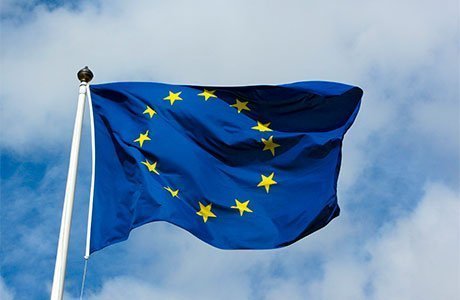How the European Union works
13/11/2013

The EU is a unique economic and political partnership between 28 European countries that together cover much of the continent.
The EU was created in the aftermath of the Second World War. The first steps were to foster economic cooperation: the idea being that countries who trade with one another become economically interdependent and so more likely to avoid conflict.
The result was the European Economic Community (EEC), created in 1958, and initially increasing economic cooperation between six countries: Belgium, Germany, France, Italy, Luxembourg and the Netherlands. Since then, a huge single market has been created and continues to develop towards its full potential.
Member states of the EU

(Year of entry): Austria (1995), Belgium (1952), Bulgaria (2007), Croatia (2013), Cyprus (2004), Czech Republic (2004), Denmark (1973), Estonia (2004), Finland (1995), France (1952), Germany (1952), Greece (1981), Hungary (2004), Ireland (1973), Italy (1952), Latvia (2004), Lithuania (2004), Luxembourg (1952), Malta (2004), Netherlands (1952), Poland (2004), Portugal (1986), Romania (2007), Slovakia (2004), Slovenia (2004), Spain (1986), Sweden (1995), and United Kingdom (1973).
Candidate countries: Iceland, Montenegro, Serbia, The former Yugoslav Republic of Macedonia, and Turkey.
Potential candidates: Albania, Bosnia and Herzegovina, and Kosovo.
Institutions
In the EU’s unique institutional set-up:
- the EU’s broad priorities are set by the European Council, which brings together national and EU-level leaders
- directly elected MEPs represent European citizens in the European Parliament
- the interests of the EU as a whole are promoted by the European Commission, whose members are appointed by national governments
- governments defend their own country’s national interests in the Council of the European Union.
Setting the agenda
The European Council sets the EU’s overall political direction – but has no powers to pass laws. Led by its President – currently Herman Van Rompuy – and comprising national heads of state or government and the President of the Commission, it meets for a few days at a time at least every 6 months.
Law-making
There are 3 main institutions involved in EU legislation:
- the European Parliament, which represents the EU’s citizens and is directly elected by them;
- the Council of the European Union, which represents the governments of the individual member countries. The Presidency of the Council is shared by the member states on a rotating basis.
- the European Commission, which represents the interests of the Union as a whole.
Other EU institutions
Two other institutions play vital roles:
- the Court of Justice of the EU upholds the rule of European law
- the Court of Auditors checks the financing of the EU’s activities.
Links
Files
EU flag photo author: mpd01605 CC-Attribution-Share Alike


